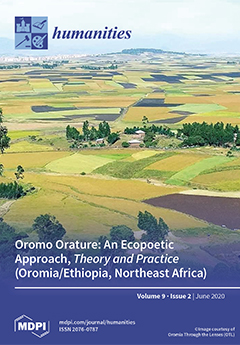This essay expands on the previous discussion, “Positioning Ethos” (Baumlin and Meyer 2018), which outlined a theory of ethos for the 21st century. There, my coauthor and I observed the dialectic between ethics and ethotics, grounding subjectivity within a sociology of rhetoric: Contemporary ethos, thus, explores the physical embodiment (with its “markers of identity”), positionality, and “cultural dress” of speakers. There as here, we looked to Heidegger for an expanded definition, one reaching beyond a speaker’s self-image to bring all aspects of our lifeworld—cultural, technological, biological, planetary—into a dynamic unity. And, there as here, we observed the dialectic between speaker and audience: Within this transactional model, ethos marks the “space between” speaker and audience—a socially- and linguistically-constructed meeting ground (or, perhaps better, playground) where meanings can be negotiated. Crucial to this transactional model is the
skeptron, as described by Bourdieu: To possess the
skeptron is to claim the cultural authority, expertise, trust, and means to speak and to be heard—indeed,
to be seen—in one’s speaking. To our previous essay’s ethics and ethotics, this present essay adds the dialectic arising between
bios and
technê. We “dwell” in memory, in language, in history, in culture: All speakers in all cultural moments can claim as much. But, writing in an age of postmodernism, we acknowledge the heightened roles of technology, “expert systems,” and urbanization in our lifeworld today. What we had described as the cultural “habitus” of ethos is here supplemented by an ethos of scientific technoculture; similarly, what we had described as the existentialist “embodied self” is here supplemented by the postmodern—indeed, posthuman—ethos of the cyborg, a biotechnic “assemblage” part cybernetic machine and part living organism, simultaneously personal and collective in identity. This posthuman con/fusion of
bios and
technê is not a transcendence of (human) nature; rather, it acknowledges our immersion within an interspecies biology while expanding our habitus from the
polis to the planet. It’s
these aspects of our lifeworld—insterspecies biology, bodily health as self-identity, postmodern technology, and urban lifestyle—that COVID-19 pressures and threatens today. In the current struggle between science-based medicine and conservative politics, the
skeptron assumes life-and-death importance: Who speaks on behalf of medical science, the coronavirus victim, and community health?
Full article





